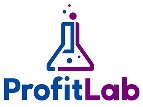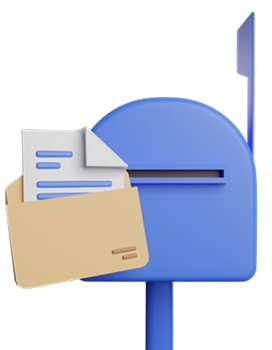Managing business finances can be overwhelming without a clear system to track key metrics. A financial dashboard simplifies this by consolidating critical financial data into a single, easy-to-read format. With the right setup, you can gain real-time insights into your business’s financial health, helping you make informed decisions. In this guide, we’ll walk you through the steps to create a financial dashboard that keeps your business on track.
1. Define Your Key Financial Metrics
Before setting up a financial dashboard, identify the metrics most relevant to your business. Common key performance indicators (KPIs) include:
- Revenue: Total income generated from sales.
- Profit Margins: Gross and net profit percentages.
- Cash Flow: The amount of cash coming in and going out of your business.
- Accounts Receivable & Payable: Money owed to you and what you owe others.
- Operating Expenses: Costs associated with running your business.
- Customer Acquisition Cost (CAC): How much it costs to acquire a new customer.
2. Choose a Financial Dashboard Tool
There are several tools available that can help automate and visualize your financial data. Some popular options include:
- Google Sheets or Excel: Customizable and cost-effective.
- QuickBooks: Ideal for small businesses needing automated financial tracking.
- Xero: A great cloud-based alternative for financial reporting.
- Tableau or Power BI: Advanced tools for data visualization and analytics.
3. Integrate Data Sources
To make your dashboard effective, connect it to your accounting software, bank accounts, and sales platforms. This will allow real-time updates and reduce manual data entry. Most financial tools support integration with:
- Payment processors like Stripe or PayPal
- E-commerce platforms like Shopify
- Payroll services such as Gusto or ADP
4. Create Data Visualizations
A dashboard should be easy to interpret at a glance. Use charts, graphs, and tables to represent:
- Revenue trends over time (line charts)
- Expense breakdown by category (pie charts)
- Cash flow projections (bar graphs)
5. Set Up Automated Reports & Alerts
Instead of manually checking your financials every day, automate reports and alerts to notify you of:
- Low cash reserves
- Unpaid invoices beyond due dates
- Significant increases in expenses
6. Review & Update Your Dashboard Regularly
Your business finances are constantly changing, so it’s important to keep your dashboard up to date.
- Conduct weekly or monthly reviews to ensure data accuracy.
- Adjust KPIs and reports as your business scales or market conditions change.
A financial dashboard provides an essential snapshot of your business’s financial health, allowing you to make data-driven decisions with confidence. By choosing the right metrics, tools, and visualizations, you can transform complex financial data into actionable insights. Want to dive deeper into business financial management? Check out our expert courses at Profit Lab!



